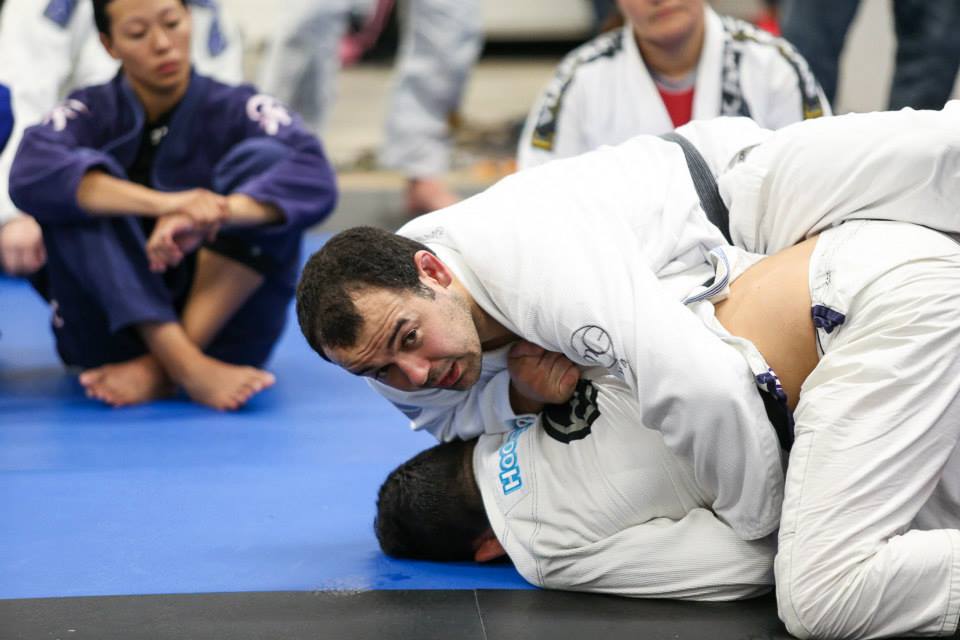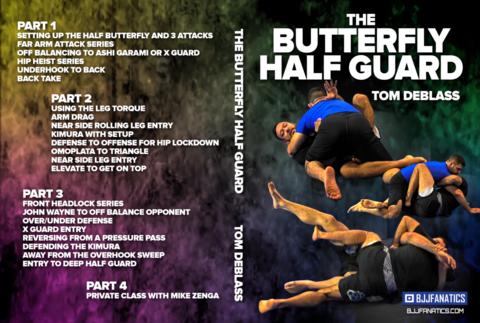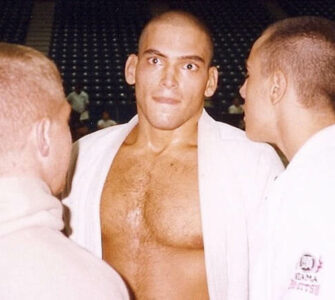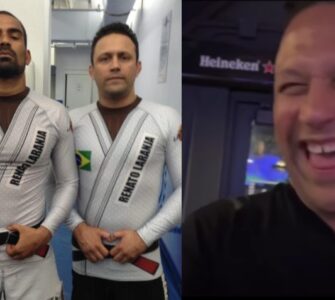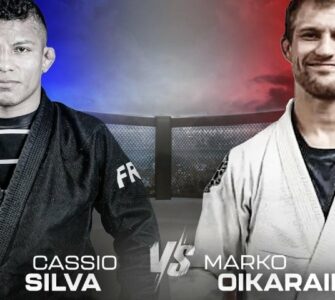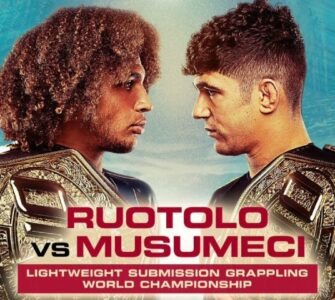Photo: Leon Sandoval www.heyleon.com, Instagram @heyleonmedia and Facebook.com/heyleonmedia
Author Andrew “Major” Johnson, BJJ black belt at Gracie Barra Lexington, SC.
Do you have a coaching relationship with your students? Do you know what it means to be a BJJ coach? In theory, the coach can be any color belt, but in most cases we are talking about purple belts and above. You don’t have to have the title “Coach” to do some effective coaching with your fellow students.
How is coaching different than teaching a move or new position? Coaching is generally “need driven” and is about one person helping another to excel. The person being coached chooses their ultimate goal and the coach helps them find the best way to reach those goals.
In becoming a better coach, it’s important to remember not everyone wants to set competition goals – so what are some typical goals the coach may encounter? Your students may want to compete, but it is important for coaches to give equal treatment to other goals – for example, for those students who just enjoy BJJ and do it for fun, or may want to focus primarily on self-defense. The BJJ coach should be able to help all three of these students.
In coaching BJJ, sometimes it isn’t about giving advice or telling someone what to do – a good BJJ coach will present more questions than answers. “Where was your arm the moment he caught you in the kimura?” or “What was your posture when you were caught in a triangle or guillotine?”
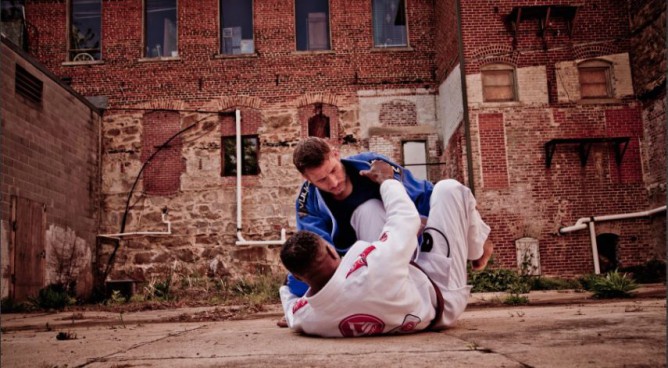
The author training
The coaching conversation involves the skills of active listening, insightful questions about the student’s game, and presenting alternatives and suggestions.
The coach should be able to see things the student cannot see, such as patterns, poor posture, key details. Students have different learning styles, so the coach has to be able to personalize his approach.
OK, so when am I supposed to do these things you ask?
There are three main opportunities to coach in BJJ:
First, there is positive reinforcement when you see desired behavior; Second, when the student seeks advice or asks for help; and third, when you point out and correct poor performance in a constructive manner.
- Positive reinforcement should be in front of others – this is considered social reinforcement and to the average BJJ student, it is more valuable than gold. “Catch them doing the right thing.” And remember, not every student is reinforced the same way. An example might be pointing out how well he defended a choke, how effective a sweep seems to be for him, etc.
- When the student seeks advice – here is where active listening is critical – pay attention to the student’s concerns and offer particularized questions to help him or her arrive at a solution. Remember, the student you are helping now will at some point be a coach to someone else later on down the road – so don’t just take the easy way out and always just give them the answer. You have to avoid the opposite effect of always speaking in riddles, which helps no one.
- Correcting poor performance – this should be direct, simple and honest. Ideally during a student’s roll. “Keep your elbows in.” or “don’t get stacked up.” In being direct, you avoid the phrases that don’t really mean anything, such as “you need to do this or that” kind of phrase. State your observations but invite the student to analyze and provide possible interpretation. Remember, you are training a trainer.
Coaches – what follows are eight things you can do right now to start being a more effective coach….here’s your Action plan:
1. Set performance goals for each of your students. Sit down with them on the mat and discuss these goals. Make them realistic, achievable, and measurable. This can take just a couple of minutes for each student.
2. Be able to provide feedback after you roll with a student or after watching your student roll. Provide feedback not so much in “good versus bad” but talk about skills the student should sustain, and skills the student should improve.
3. Make sure you are able to recognize improvement. To do this you need to be tracking the status of your students’ game. Share your observations with the student.
4. Provide context for failure on the mat, or competition failure. Everybody gets tapped, get over it and get back to training.
5. Acknowledge the presence of personal issues, but reinforce that they are best left off the mat.
6. Respond to their questions.
7. Follow up from class to class, re-address issues when necessary.
8. Provide motivation, foster enthusiasm, remind them how much fun BJJ is!
All the above builds rapport. Trust and rapport are the cornerstone of an effective coaching relationship.
If you want to use a very aggressive half guard, you need to use Tom DeBlass’s Half Butterfly Guard to satisfy your need to dominate your training partners and opponents. Get Tom DeBlass’ new release Half Butterfly Guard NOW at BJJ Fanatics!

